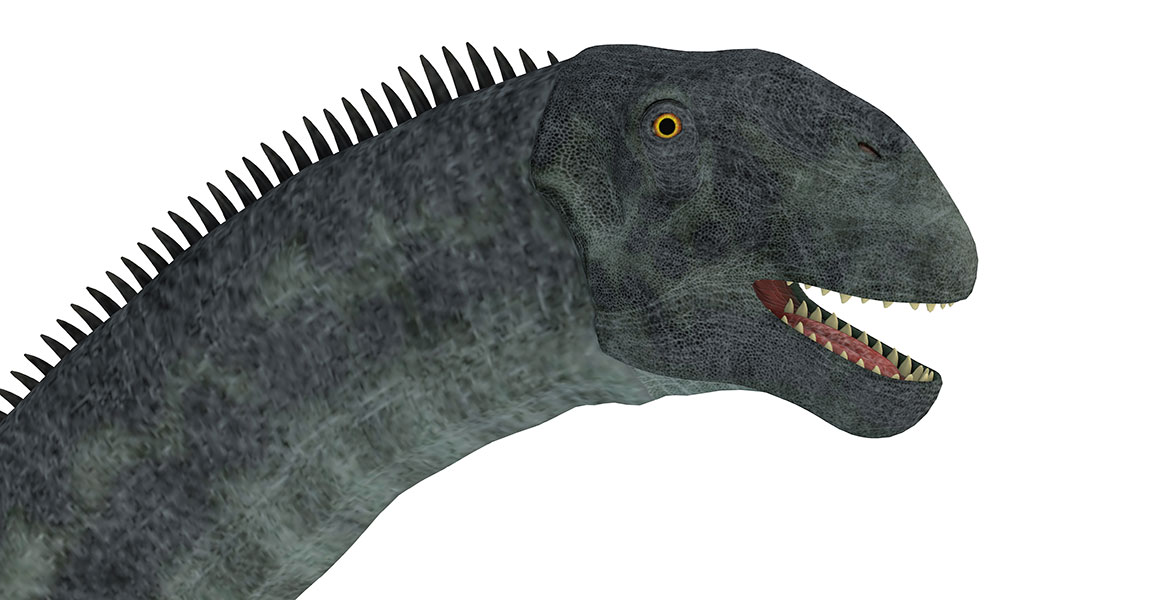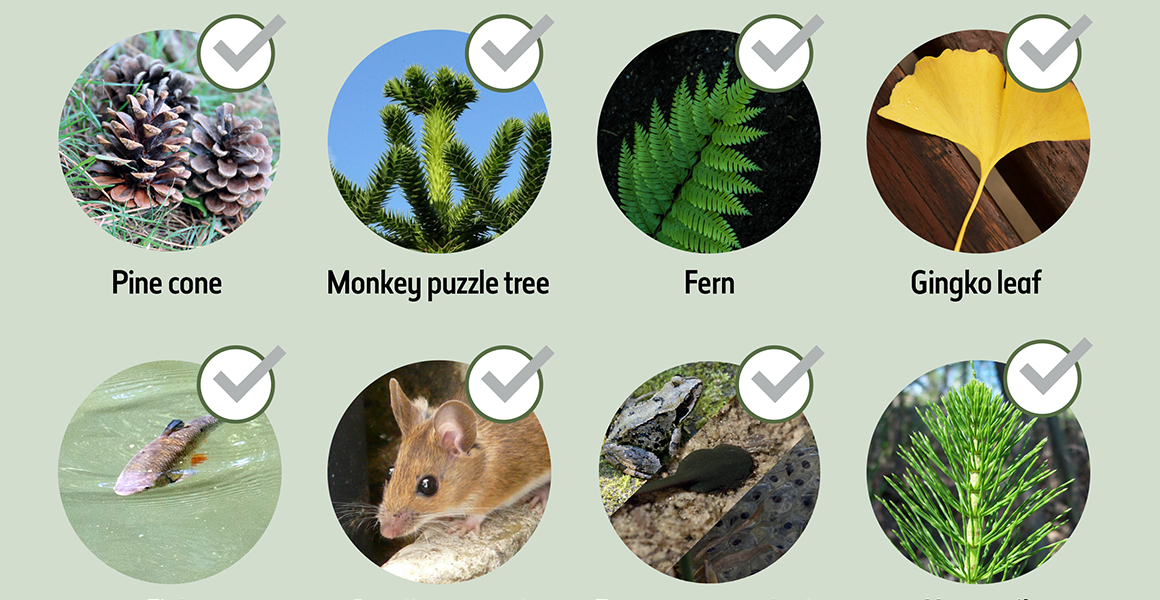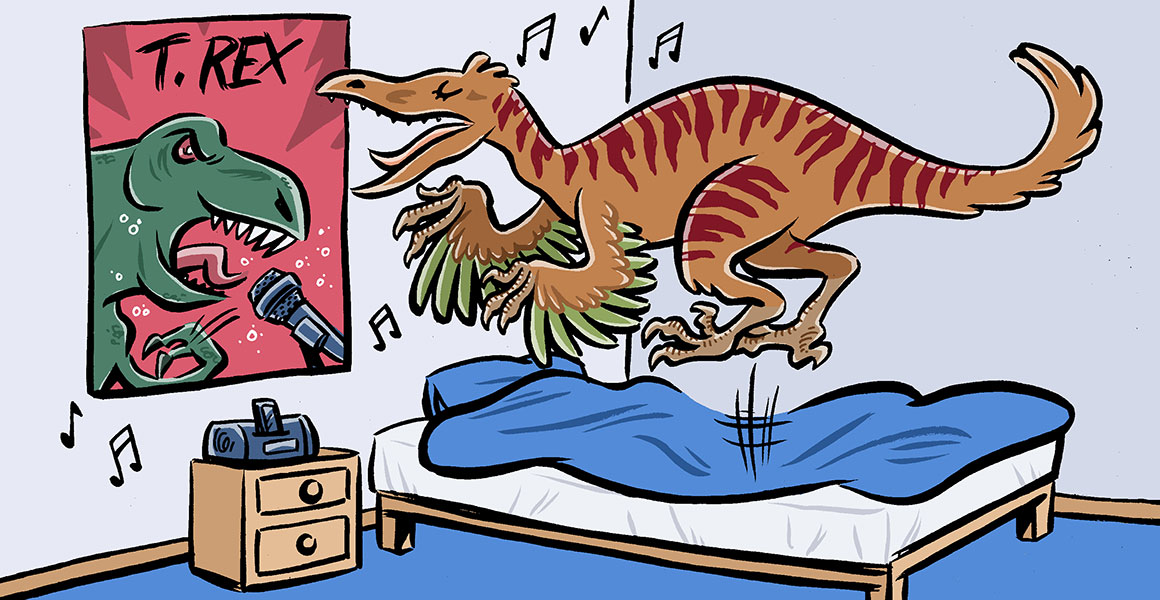Is Dippy a real skeleton?
Dippy the dinosaur is a plaster-of-Paris replica of a Diplodocus carnegii skeleton. The original skeleton is housed at the Carnegie Museum of Natural History in Pittsburgh, USA.
There are several Dippy casts held at institutions around the world, though the one displayed in the Museum's Hintze Hall from 1979-2017 was the first to be made and to go on public display. It was gifted to the Museum by Andrew Carnegie and was unveiled for the first time on 12 May 1905.
Get to know the story of Dippy, from dinosaur discovery to a UK-wide tour.
What does Dippy's name mean?
Dippy is a replica of a Diplodocus carnegii skeleton.
Diplodocus means 'double-beamed' and refers to a set of bones attached to the underside of Dippy's tail. These bones are called chevrons.
In Diplodocus, the bones near the base of the tail are similar in shape to those of other dinosaurs, but in the middle of the tail they show an odd two-pronged structure that gives the animal its name.
Carnegii is a reference to Andrew Carnegie who founded the Carnegie Museum of Natural History in 1896, where the first discovered Diplodocus carnegii skeleton is also housed. He funded the excavation of the original specimen and presented the replica as a gift to King Edward VII.
When did Diplodocus live?
Diplodocus lived during the Late Jurassic, 155-145 million years ago.
Skeletons of this dinosaur are found in the Morrison Formation in North America. Diplodocus bones are often found at the same sites as dinosaurs such as Stegosaurus and Allosaurus.
Find out more about when dinosaurs lived.
How big was Diplodocus carnegii?
Diplodocus carnegii - the dinosaur species Dippy is a replica of - was 24-26 metres long and probably weighed up to around 15 tonnes. They were sauropods with extremely long, whip-like tails.
For comparison, a London double-decker bus is around 14 metres long and weighs 12 tonnes.
Get to know some of Dippy's enormous sauropod relatives that lived in Britain during the Jurassic Period.
What did Diplodocus eat?
Diplodocus was herbivorous, meaning it only ate plants.
Its narrow teeth were arranged like a rake, which helped them strip leaves from gingko and conifer trees. Diplodocus would have had to eat all day to be able to survive on just leaves.
Dinosaurs like Dippy had 42 teeth but over their lifetime they would have grown many more, as it's been estimated they replaced each tooth every 35 days. Without this ability, the dinosaur would have eventually lost all its teeth and with them, the ability to eat. Some animals today, such as lizards and crocodiles, also constantly replace their teeth, whereas we humans only have two sets in our lifetime.
How did Diplodocus move?
By using advanced computer technology, scientists have been able to reconstruct the movement of Diplodocus.
We now know that this sauropod's long neck was very flexible. This would have meant that Diplodocus could have reached food high among the treetops and would have been able to get a good meal by standing in one spot and eating everything within reach.
What did Diplodocus sound like?
We don't know exactly what Diplodocus or other dinosaurs would have sounded like since no human ever heard them (apart from modern-day bird song). However, scientists have been able to hypothesise what noises they might have made.
Listen to Diplodocus and other sounds of the Jurassic Period.














Get dinosaurs delivered straight to your inbox
Receive email updates about our news, science, exhibitions, events, products, services and fundraising activities. We may occasionally include third-party content from our corporate partners and other museums. We will not share your personal details with these third parties. You must be over the age of 13. Privacy notice.
Follow us on social media